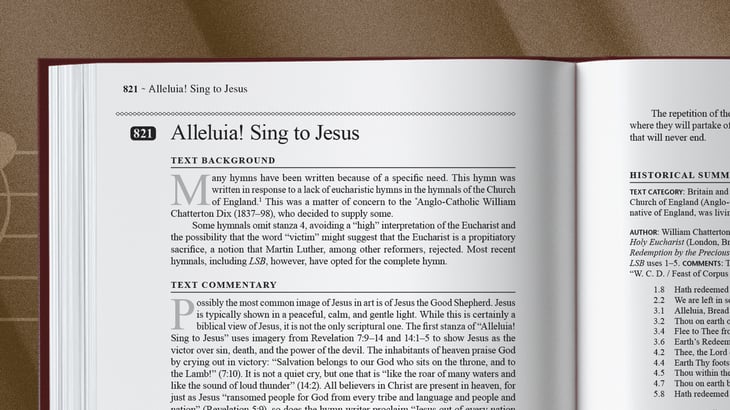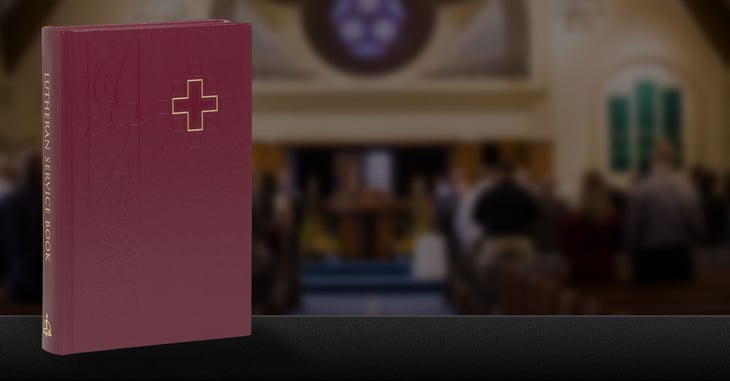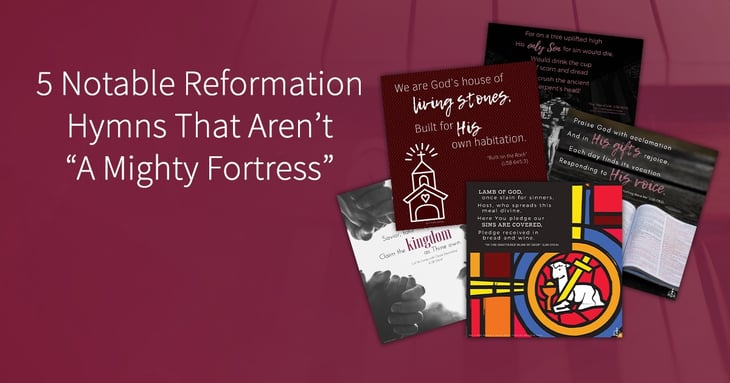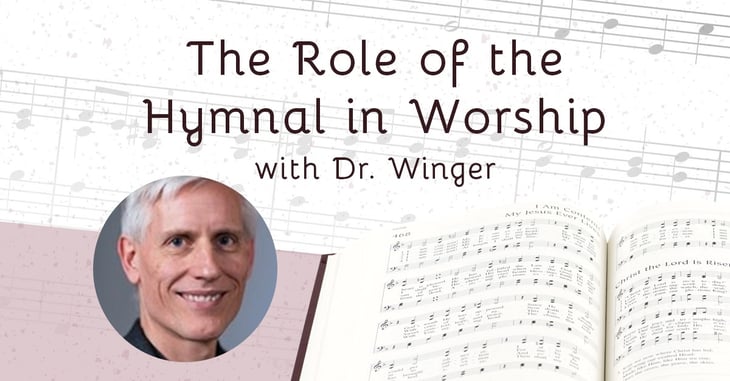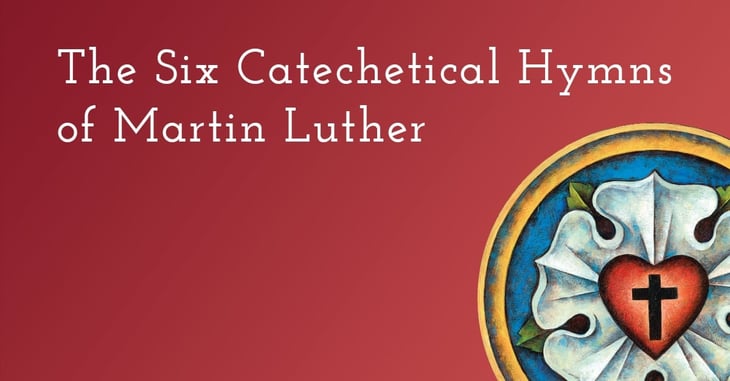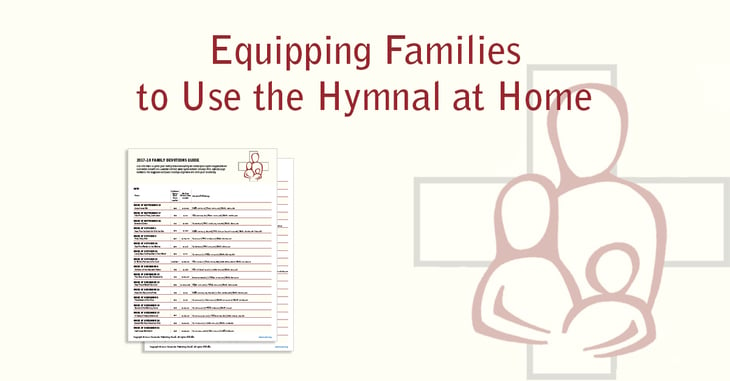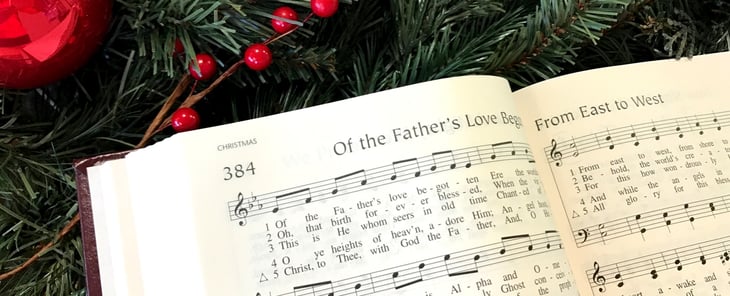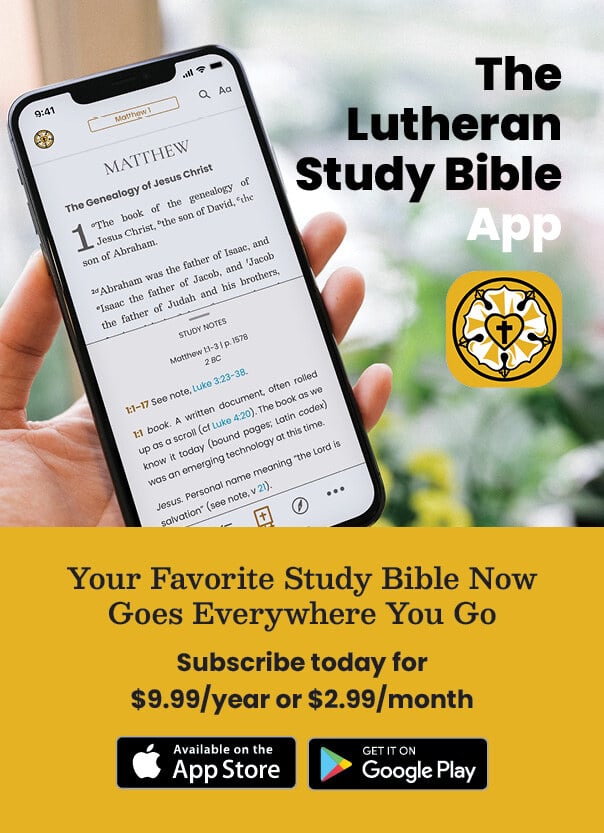Recent Posts by Peter Reske
An Overview of Matins
The Daily Office has given voice to the daily prayer of the faithful in “many and various ways” over the centuries (LSB, p. 238; Hebrews 1:1).
5 Fun Facts from the new LSB: Companion to the Hymns
Have you ever wanted to know more about the history of the hymns in Lutheran Service Book? Do you ever wonder what the lives of those who wrote our hymns were like? Good news—we have a book for that. Everyone at Concordia Publishing House is incredibly excited to announce the launch of Lutheran Service Book: Companion to the Hymns. This comprehensive hymn companion is rich with compelling facts—many newly discovered through extensive research of original sources in libraries all over the world. We’ve picked our top five for you to check out today.
The Divine Service in Lutheran Service Book
Lutherans believe that worship is an act of receiving God’s gifts. That’s why the worship service we use is called the Divine Service. It’s a time during which God comes to us through His Word and Sacraments. Lutheran Service Book includes five different versions, or settings, of the Divine Service. There is only one Divine Service, but there are different settings. Some of the music and language differ between the settings, but the core of them all is the same—God delivering to us His forgiveness and salvation.
5 Notable Reformation Hymns That Aren’t “A Mighty Fortress”
It’s almost Reformation Day, and that means we get to enjoy hearing some of Lutheranism’s most famous hymns. (“A Mighty Fortress Is Our God,” I’m looking at you!) If you’re looking for some additional Reformation-related hymns to use around this time, consider using the ones mentioned below. We selected most of these by using the hymn search tool in Lutheran Service Builder with the keyword “Reformation.”
We also have created social media graphics with quotes from the selected hymns, and they are all shown below. At the end of the post, you can download the graphics for free and use them on your church’s social media accounts.
Rev. Dr. Thomas Winger on the Role of the Hymnal in Worship
As a musician, pastor, and liturgy committee member for Lutheran Service Book, Rev. Dr. Thomas Winger has a unique and informed perspective on how music functions in the liturgy. We recently interviewed him to learn about his new book, Lutheranism 101: Worship, and to hear his perspective on incorporating the hymnal into worship and daily prayer.
The Six Catechetical Hymns of Martin Luther
This post is taken from The Hymns of Martin Luther, with historical summaries authored by Henry V. Gerike and edited by Peter C. Reske.
Music can be a powerful teaching tool, and Luther knew that well. By teaching his parishioners hymns about the Ten Commandments or the persons of the Trinity, he could reinforce Christianity’s essential teachings in a memorable and moving way. Learn about his six catechetical hymns below, and at the end of the post, you can download a set of devotions based on the hymns.
Equipping Families to Use the Hymnal at Home
Here are some ideas for how church musicians, pastors, and teachers can help families use the hymnal at home. You also download a free family devotions guide with hymns and readings for each week during the school year.
Building Rapport with Musicians at Your Church
This post is adapted from A Novice’s Guide to Directing the Church Choir by Kenneth T. Kosche. Though written specifically for choirs, the suggestions can apply to any church ensemble.
Rapport is one of those relational terms that most easily defines itself by its presence or absence. How well you get along with your choir and they with you is a measure of your rapport. There are no surefire solutions that will work for everyone to establish rapport, though there are some points of advice to offer.
The History of LCMS Hymnals
Who decides when it’s time to create a new hymnal? When did the Missouri Synod switch from a German hymnal to an English one? How have our liturgy and hymns changed over time?
In a recent webinar, we went through a brief overview of the history of LCMS hymnals. Read an excerpt below and watch the full webinar on our YouTube channel.
Five Overlooked Christmas Hymns
I know what you’re thinking. There are already too many favorite Christmas hymns and carols to try to fit into one Christmas Eve and one Christmas Day service. If we’re singing “Joy to the World,” “O Come, All Ye Faithful,” and “Silent Night,” where am I going to fit more? But consider the many other opportunities for using Christmas hymns beyond the service: at school, at home, at Sunday School, in the Christmas program, as part of your personal devotions, while caroling. Give these often-forgotten hymns that tell of Christ’s birth a second look.



